Scientists discover new material that could change the entire world; know more here

This discovery is expected to bring a huge revolution in the world of energy and electronics.
According to the latest report, a professor named Ranga Dias and his colleagues at the University of Rochester in New York have discovered a new material from nitrogen, hydrogen, and lutetium that becomes superconductive at a temperature of just 69°F and a pressure of 1 gigapascal.
That is about 10,000 times the atmospheric pressure on Earth's surface, but still a far lower pressure than any previous superconducting material.
This discovery is expected to bring a huge revolution in the world of energy and electronics. It may pave the way for hovering trains and ultra-efficient electrical grids. It could be used in airborne high-speed trains, MRI, memories, electronic circuits, and more.
More about the material
The newly discovered material has been nicknamed 'reddmatter', after its colour and as a nod to a material from Star Trek.The team made the material by taking a rare earth metal named lutetium and mixing it with hydrogen and a small part of nitrogen. They were then left to react for two or three days, at high temperatures.
Ranga Dias' statement
Dias said in a statement: "Let's say you were riding a horse in the 1940s when you saw a Ferrari driving past you-that's the level of difference between previous experiments and this one.""With this material, the dawn of ambient superconductivity and applied technologies has arrived.
A pathway to superconducting consumer electronics, energy transfer lines, transportation, and significant improvements of magnetic confinement for fusion are now a reality," he added.
According to Dias, "we are now at the modern superconducting era".

.webp)
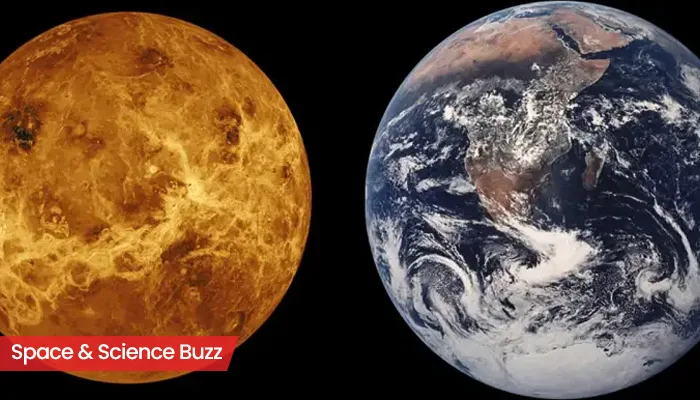
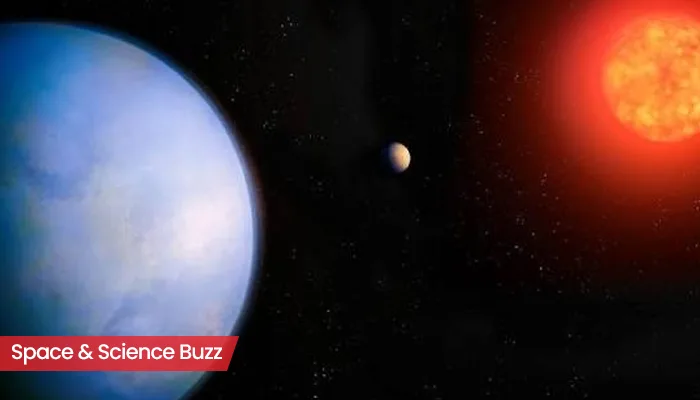
.webp)
.webp)
.webp)
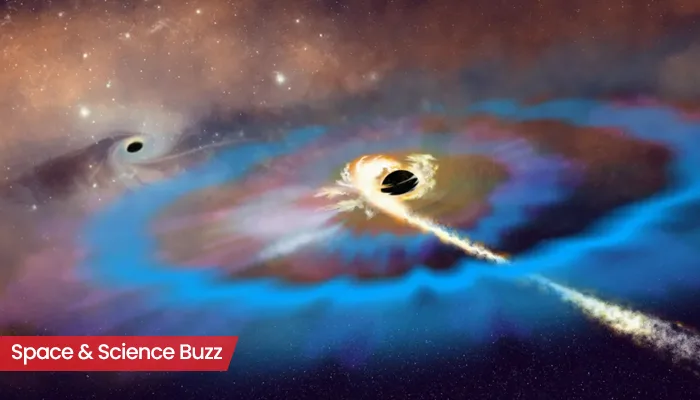
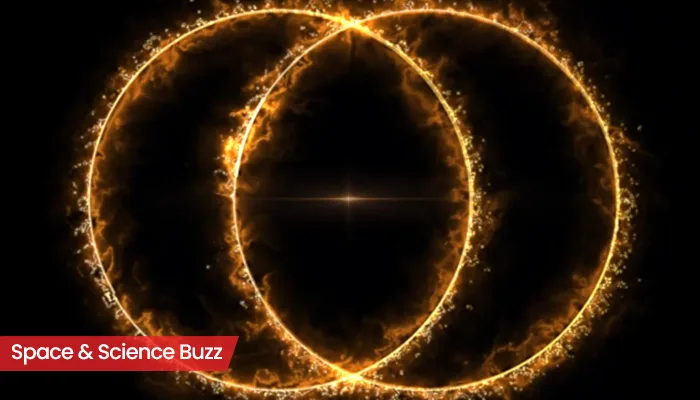
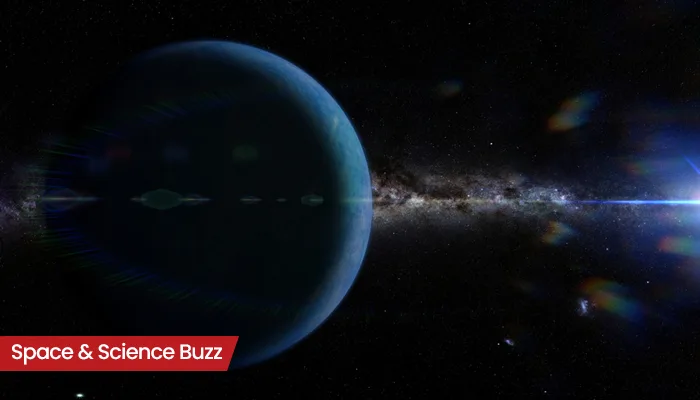


.webp)